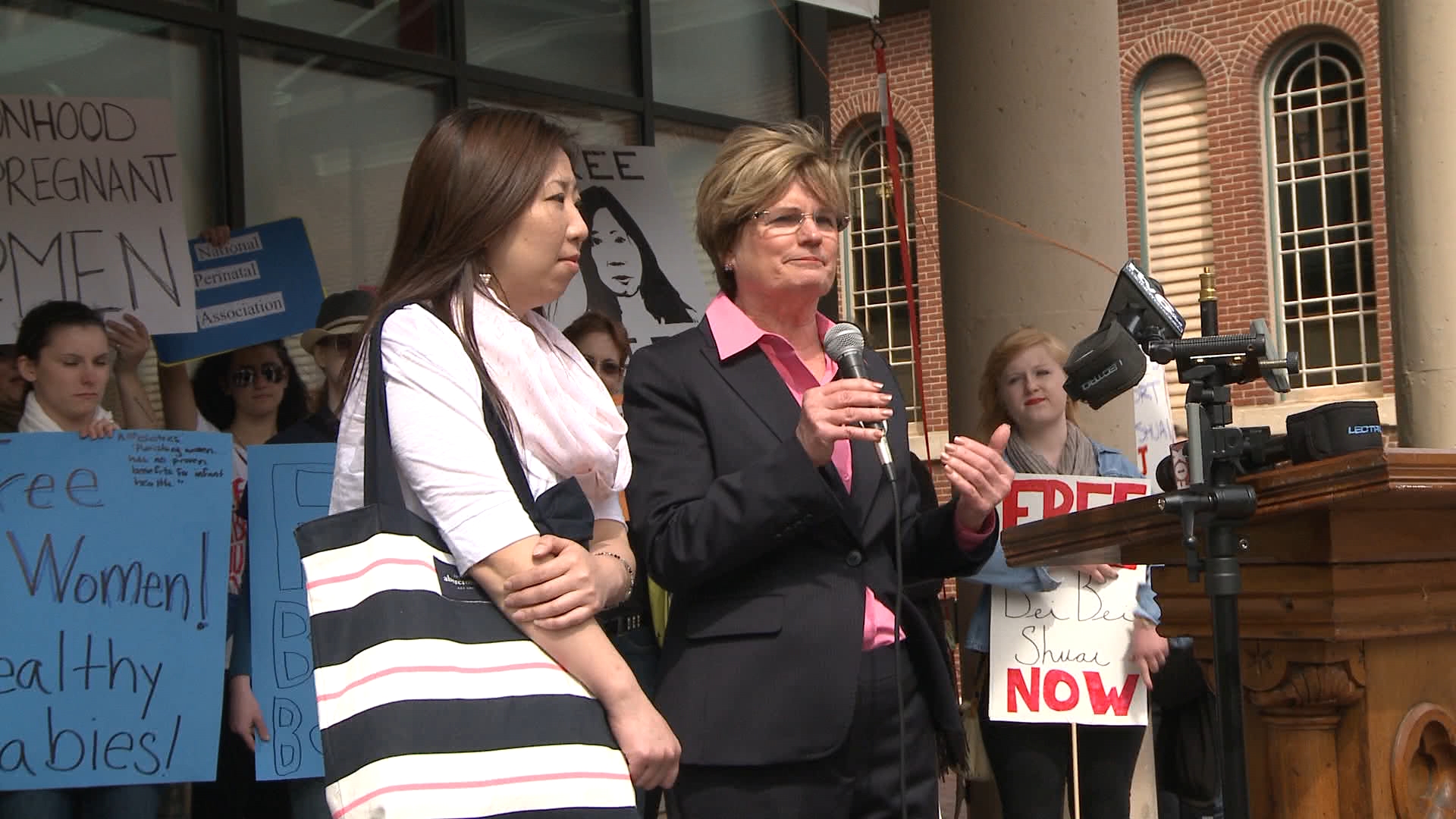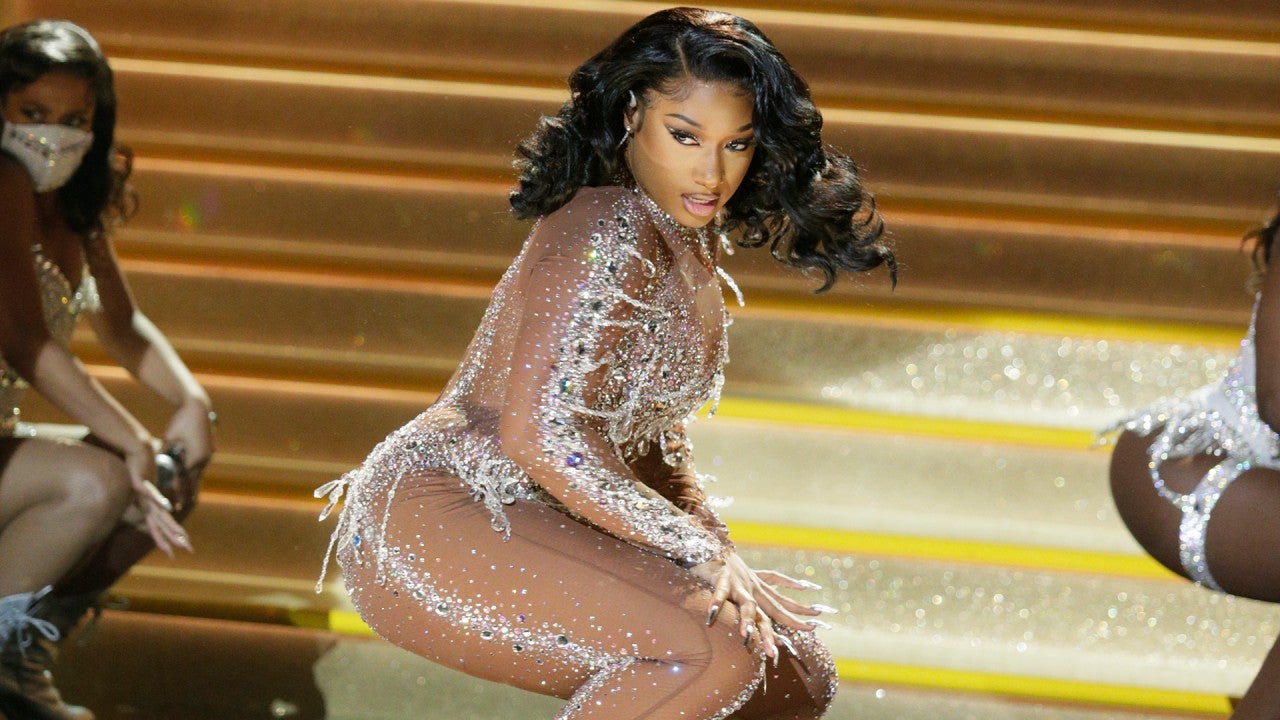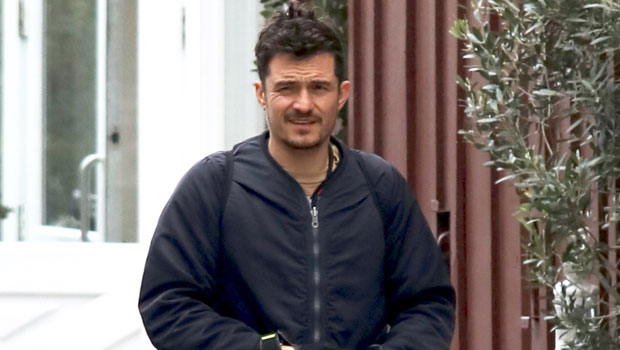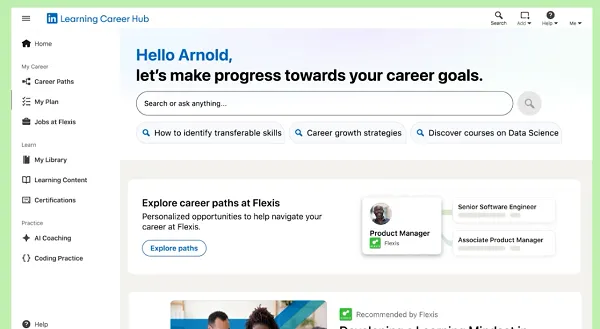rePRO Film Festival 2021 Women Directors: Meet Marion Lipschutz and Rose Rosenblatt – “Bei Bei”
Rose Rosenblatt and Marion Lipschutz are partners in Incite Pictures/Cine Qua Non. Their prior titles include “Young Lakota,” “The Education of Shelby Knox,” “Live Free or Die,” “Fatherhood USA,” “The Abortion Pill,” and “Code Blue: New Orleans.” In addition...

Rose Rosenblatt and Marion Lipschutz are partners in Incite Pictures/Cine Qua Non. Their prior titles include “Young Lakota,” “The Education of Shelby Knox,” “Live Free or Die,” “Fatherhood USA,” “The Abortion Pill,” and “Code Blue: New Orleans.” In addition to national U.S. broadcasts, their work has been broadcast on the CBC’s “Passionate Eye” in Canada, the BBC in England, NHK, and many other strands around the world. Their films have won Best Cinematography at the Sundance Film Festival, the Audience Award at SXSW, the Emerging Picture Award at Full Frame, the Full Frame Women in Leadership Award, the Hugh M. Hefner First Amendment Award, and the Jury Prize for Best Documentary at the Miami Gay and Lesbian Film Festival.
“Bei Bei” is screening at the 2021 rePRO Film Festival on August 11.
W&H: Describe the film for us in your own words.
RR&ML: “Bei Bei” tells the story of two unlikely allies: a Chinese immigrant charged with first-degree murder after trying to commit suicide while pregnant and her American lawyer, who finds herself working on a case that belongs in a long history of attacks on women’s rights.
The simple story: Bei Bei Shuai, a Chinese immigrant living in Indianapolis who recently divorced her abusive husband, is in love with a new man and pregnant with their child when without warning, he abandons her. Thirty-three weeks pregnant, in a state of utter despair, she tries to kill herself by drinking rat poison. Friends rush her to the hospital in time to save her life, but her baby, delivered by emergency C-section, dies in her arms. Within days, she is charged with first degree murder and attempted feticide. The prosecutor expected her to accept a plea bargain, but a plea would mean certain deportation, so she refused.
The emotional heart of the film is a portrait of Bei Bei – in the throes of a suicidal depression that’s exacerbated by her isolation and desperation, being released after a year-and-a-half in prison to work 24/7 keeping her restaurant going, facing charges that could land her in jail for life. Her dark story is gradually injected by the hope and optimism of Linda Pence, whose defense is based both on deep affection for her client and outrage at the injustice she faces.
W&H: What drew you to this story?
RR&ML: For nearly three decades we’ve been making films on women’s rights, focusing on reproductive justice. From “The Abortion Pill,” about RU486, to “Live Free or Die,” about the targeting of abortion providers, to “The Education of Shelby Knox,” about sex ed in Lubbock, TX, to “Young Lakota,” about abortion politics on the Pine Ridge Reservation. With each film, we vowed we were done with the topic.
When we met Bei Bei, we saw that we had the classic story of a woman scorned, a modern Anna Karenina, or Madame Bovary. An immigrant, Bei Bei was struggling with profound depression and isolation; she’s also entrepreneurial and fiercely independent. Her relationship with Linda, her attorney, gave her legal fight emotional heft, and her gradual transformation, culminating in her ability to speak at a public rally, allowed us to watch her grow in dramatically satisfying ways.
W&H: What do you want people to think about after they watch the film?
RR&ML: While watching, we want people to be entertained, in the sense of being transported by the story. Afterwards, we hope the first thing they say is, “That was a good film.” Ideally, they will then be moved to think about what they have just experienced.
Besides telling a good story, “Bei Bei” is carefully crafted to draw in a number of ideas. At a time when anti-Asian hate is on the rise, Bei Bei’s experience gives fresh meaning to the ways that AAPI immigrant women are stigmatized. Many “friends of the court” letters drew attention to how her status made her an easy target for prosecution. We want audiences to empathize with Bei Bei’s unstable mental health, understanding it as an example of the extraordinarily high rates of suicide and depression among Asian women.
Another current in the story is how the criminalization of mental health leads to prosecutions and jail time rather than treatment.
Finally, we want people to understand how the personhood movement is pushing the idea that a fetus in the womb has legal rights, separate and equal to those of the mother. In Bei Bei’s case, the law used to prosecute her was passed ostensibly to protect a woman from third party violence. In fact, that same law was used against her. There are hundreds of cases like Bei Bei’s, resting on “fetal homicide,” “fetal harm,” and other laws. All have the same purpose of making real Justice Blackmun’s prophetic words in the majority opinion of Roe v. Wade: “If the suggestion of personhood is established, [Roe’s] case of course, collapses, for the fetus’ right to life would then be guaranteed specifically by the [14th] Amendment.”
W&H: What was the biggest challenge in making the film?
RR&ML: The biggest challenge in making the film came the day we learned that the impending trial we were all set to cover and use to structure the film was not going to happen. Instead, the prosecutor and defense struck an unprecedented plea deal that protected Bei Bei from potential deportation, and skirted setting a harmful legal precedent for the prosecution of pregnant women.
We shifted gears and focused more narrowly on Bei Bei and Linda’s relationship, while finding ways to bring in big issues.
W&H: How did you get your film funded? Share some insights into how you got the film made.
RR&ML: Funding a film is a long and circuitous process that takes a village with lots of highways, back roads, bridges, and potholes. Once we’ve settled on our topic, we start making the film in tandem with building a community of support — the village — around it. This means establishing relationships with organizations and leaders interested in the issues in the film, while showing them work that justifies and encourages their support. This network then connects us to funding. Concurrently, we try to apply to as many places that specifically fund films.
For “Bei Bei” there were two main areas of support: Film funds from Sundance and The Catapult Fund, and foundations — Ford, Hewlett, Packard, Eastman, and NYS Foundation for the Arts. We did a Kickstarter campaign, which was mostly useful for building community. While we did not do it for “Bei Bei,” on our current film, “Power & Light,” we see that pitch sessions with decision-makers have emerged as a way to other decision-makers, especially with the streaming giants.
W&H: What inspired you to become a filmmaker?
RR: It’s an incredibly wonderful art form, and in it I discovered the powerful impulse to tell stories. When I met Marion, I discovered a like-minded artist who was similarly inclined. Ardent feminists and mothers, both of us with a nose for politics, we wanted to cover the reproductive rights beat. The documentary world was opening up to women filmmakers at that time and we reached for the brass ring.
ML: As a young teen sitting on hard bleacher seats in a college gym in the late ’60s watching ’30s classics, I fell in love. After graduating from college, I was an early adopter of “Do what you love.” If I’d known what a stretch it was from Preston Sturges to independent docs it might have been different. But I didn’t. After some bumbling, I got a job researching documentaries, and I was off and running.
More seriously, independent documentaries have a much lower bar for becoming a director. Compared to features, they cost less to make, and can be done with a tiny crew. Therefore far more women were, and still are, making docs as opposed to features.
W&H: What’s the best and worst advice you’ve received?
RR: Best advice: “Quit Hollywood.” Worst: “Quit Hollywood.” For a short time I worked as an assistant editor in Hollywood. This could have been a career path and I always wonder what would have happened had I not gone back to New York and started down the documentary path. But that’s Robert Frost and the path not taken, and it’s probably better to say I ended up exactly where I needed to be.
ML: Best advice: “If you want to make films, you’ll find a way.” Worst: “If you want to make films, you’ll find a way.” When I started out, I had no idea how to proceed except for dogged persistence. After I figured out how to make my first film, and was on my way to a second, I met Rose and we started making films together. Why worst? Finding a way to do it takes a lot of energy from the wonderful fun of actually making a film.
W&H: What advice do you have for other women directors?
RR: To find your own creative vision for the film you want to make, independently, in a way that rings true to you and you alone. While this sounds idealistic, I have found it to be right. This does not mean ignoring the input of others — it just means finding what you want to say and how you want to say it.
ML: Speaking to, and from, my own experience, to my younger self when I was just starting out. “People are not looking to judge and undermine you unless they’re jerks. If you do the job, whatever the job is, to the best of your ability, it may work out. Now’s the time to meet other filmmakers, get out, join groups, work with people you like. Later you’ll just want to read and go to bed.”
To my mid-career self, “If it’s not satisfying, if you spend more time being worried and scrambling endlessly for ways to make your film(s). There’s a lot — a lot — of other possibilities out there. If you stay in the field, get a skill. Appreciate the terrific people you get to work with.”
To myself, now, “What’s next?”
W&H: Name your favorite woman-directed film and why.
RR: “The Hurt Locker,” which rightly won the Oscar. Kathryn Bigelow’s directing was masterful and so accomplished. As was written in the New York Times, “The Hurt Locker is the best non documentary American feature made yet about the war in Iraq.” I remember coming out of the theater shaken and thinking about what an amazing feat she pulled off. She had amazing courage to go that far into a man’s world and add her signature — a shaky hand-held camera imitating documentary!
ML: Susan Seidelman’s “Desperately Seeking Susan,” for its screwball comedy sensibility that spoke to and for me in the East Village of the ’80s. Plus it features Madonna and Rosanna Arquette. I haven’t seen it lately, so it I have no idea if it wears well. In agreement with Rose, “The Hurt Locker,” the first blockbuster action war movie made by a woman.
W&H: How are you adjusting to life during the COVID-19 pandemic? Are you keeping creative, and if so, how?
RR&ML: The physical impediments to shooting has meant a more planned, Zoom informed approach. In our current project, about a Dominican Pastor fighting for climate justice in Lawrence, MA, we knew there were some things we couldn’t miss without endangering the film. To that end, we shot selected scenes outdoors that we knew we could round out with material we would shoot post-pandemic. While we miss being out in the field, feature documentaries take a long time to make and often you’re left having to follow and adjust to the unpredictable twists and turns.
W&H: The film industry has a long history of underrepresenting people of color onscreen and behind the scenes and reinforcing — and creating — negative stereotypes. What actions do you think need to be taken to make Hollywood and/or the doc world more inclusive?
RR&ML: Onscreen: Social media has allowed “call-out” culture to flourish, and that’s not all a bad thing. The vigilance, and opinionating, of so many more people is a powerful antidote to harmful stereotypes. Critical thinking and education are also key. Behind the screen, cultivating diverse talent, mentorship, and hiring decisions will go a long way, but finally, money is what matters. Independent documentary is always underfunded, and there are many gatekeepers, so finding ways around that, while possible, is a herculean task for all.
On a personal and admittedly self-interested level, it is distressing that so little attention is paid to finding ways to keep mid-career and later stage filmmakers in the game. This is where sexism comes mightily into play. There are many, many grand old men of the cinema. Women? Not so much.

 ValVades
ValVades 































